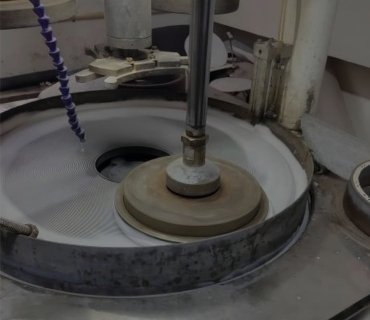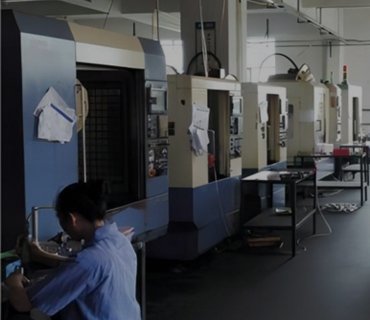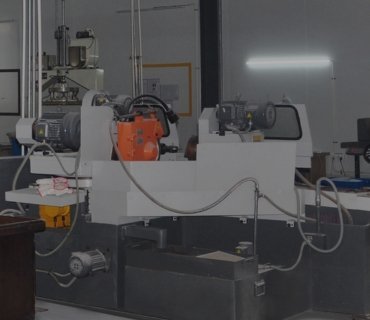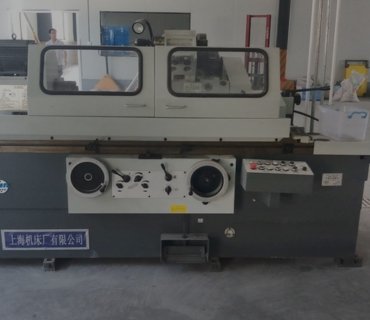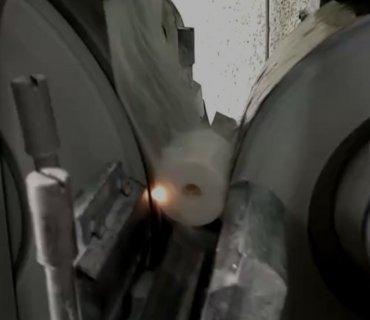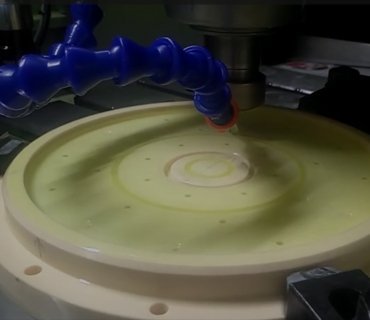Overview
The machining process of advanced ceramics aims to perform high-precision and low-damage surface treatment on sintered ceramic parts to meet the requirements of dimensional tolerance, surface roughness and functional performance (such as optical, electronic or mechanical properties). Due to the high hardness, high brittleness and low toughness of ceramics, traditional processing methods are often not applicable and special processing technologies are required.
Machining Grade Introduction
| Item | General Machining | Precision Machining | Ultra-precision machining |
| Dimensional Accuracy | >0.01mm | >0.001mm | <0.001mm |
| Features | Widely used,through direct forming and sintering, sometimes requiring secondary processing | Secondary processing is required, which increases processing costs | The processing amount is extremely small, need outsourcing |
We use precision grinding machines for flat, cylindrical, internal and centerless grinding; use CNC machine tools to process shafts, holes, grooves, threads, etc.; use lasers to process micro-holes on ceramic substrates, thin walls of ceramic parts, etc.; use polishing machines to improve surface accuracy and roughness.
Tools used in ceramic machining
In the precision machining of ceramics parts (such as ceramic valve components), diamond tools are the most ideal material. The relevant properties of diamond and zirconia are compared in the following table.
| Property | Diamond | Zirconia |
| Mohs hardness | 10 | 8.5 |
| Compressive strength (MPa) | 88700 | 2500 |
| Modulus of Elasticity (GPa) | 900 | 200 |
| Thermal Conductivity (W/m·K) | 6.6 | 3 |
| CTE( Coefficient of Thermal Expansion) (1×10-6/℃) | 0.1~0.18 | 9.0~11 |
Diamond has the following characteristics:
1、The cutting edge radius of diamond tools can be ground to a few nanometers, enabling precision machining, which is difficult to achieve with tools made of other materials.
2、Diamond has the highest hardness and rigidity of all materials. The radius of the blade corners can remain basically unchanged during the machining process, which can stabilize the machining accuracy and extend the tool life.
3、The linear expansion coefficient of diamond is very small, which can reduce the thermal deformation of the tool. Therefore, the thermal conductivity is high, which can keep the cutting point at a lower temperature.
Diamond will react with iron at high temperatures, so the use of diamond tools in processing steel products is limited, but its application advantages in ceramic processing are obvious.




